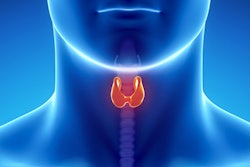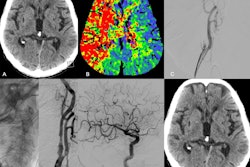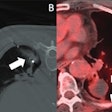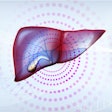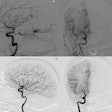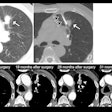Less than 1% of hospitalized cancer patients undergo percutaneous ablation to relieve pain associated with bone or soft tissue tumors, according to a study by researchers at Emory University.
The finding suggests a “profound” underuse of the procedure for treating cancer-related pain, noted lead author Will Lindquester, MD, and colleagues.
“This low utilization is surprising given the contemporary evidence demonstrating safety and efficacy of percutaneous ablation and its incorporation into multidisciplinary professional societal guidelines,” the group wrote. The study was published January 30 in the Journal of Vascular and Interventional Radiology.
Nearly half of patients with cancer-related pain are undertreated, and severe pain from soft tissue and bone tumors commonly leads to repeat hospital admissions for pain management, the authors explained. While external beam radiation therapy (EBRT) is an established palliative treatment option for these patients, percutaneous ablation is a proven minimally invasive alternative that carries less risk of side effects, they noted.
The image-guided procedure is done by interventional radiologists through a small hole the size of a pen tip. The radiologist guides a needle electrode through the hole to the tumor and an electrical current is then passed through the electrode, heating and killing the cancer cells. The procedure also targets nerve fibers, which reduces or stops the transmission of pain signals to the brain.
To explore the value of the procedure, the researchers compared inpatient length of stay (LOS), in-hospital mortality, 30-day readmission rate, and total hospitalization cost between percutaneous ablation and EBRT. They analyzed data from a national healthcare claims database among 19,793 patients between 2009 and 2022.
According to the findings, just 185 (0.9%) of the patients underwent ablation and 19,608 underwent EBRT. Compared to EBRT, the team found that ablation was associated with shorter LOS (-2 days; p = 0.046); lower risk of in-hospital mortality (-3.4 percentage points; p = 0.002); and lower risk of 30-day readmission (-7.4 percentage points; p = 0.019).
In addition, the adjusted mean total hospitalization cost was $67,904 for ablation and $59,525 for EBRT, which although a statistically nonsignificant difference of $8,379, still points to underuse of the technique, according to the findings.
“This suggests a profound underuse of percutaneous ablation for treatment of cancer-related pain,” the group wrote.
While the study didn’t determine the cause of the low use of the procedure, contributing factors could include limited awareness of interventional radiology by referrers and patients, limited geographic availability of the specialty, and strained resources in institutions that do offer it, the researchers noted.
Ultimately, the advantages of ablation over EBRT further support the clinical and economic benefit of these percutaneous pain procedures performed by interventional radiologists, the researchers wrote.
“Despite the benefits of ablation over EBRT, less than 1% of these patients underwent percutaneous ablation, representing an important growth opportunity for [interventional radiology] services,” the group concluded.
The full study is available here.




